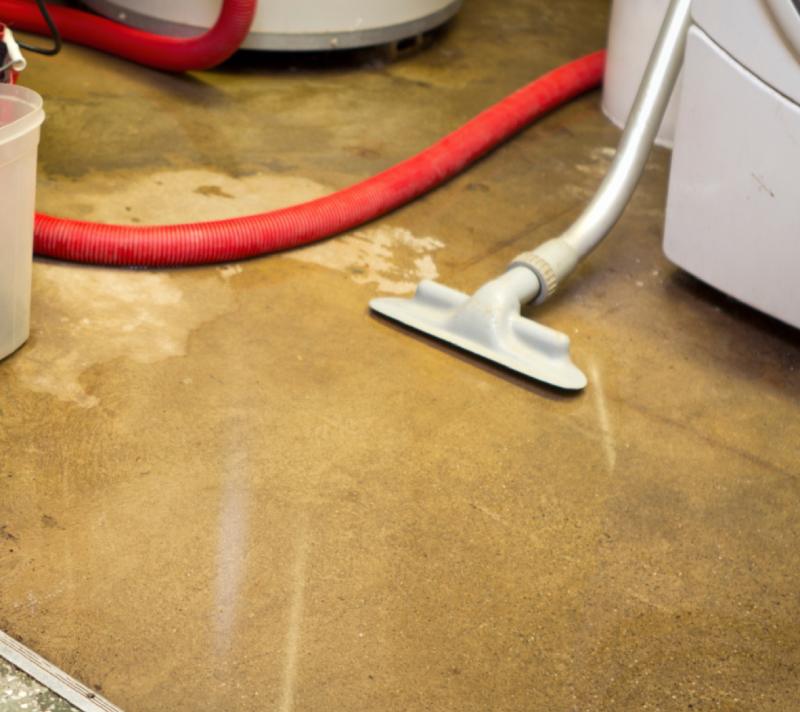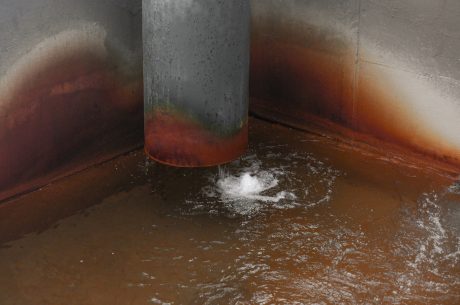Water damage can be a devastating experience for any homeowner. Whether caused by natural disasters like floods, burst pipes, or leaks, the aftermath can be overwhelming. The emotional and financial toll it takes can be significant, often leaving homeowners feeling vulnerable and unsure of their next steps. Knowing how to tackle water damage repair and restoration effectively is crucial to minimize long-term damage and expenses. With a structured approach, you can prevent further issues such as mold growth and structural damage.
In this guide, we’ll walk you through the steps of water damage cleanup and when to consider hiring professional flood cleanup services.
Understanding the Types of Water Damage
Before diving into the cleanup process, it’s important to understand the types of water damage. Recognizing the nature and source of the water involved can help you tailor your cleanup approach effectively. There are generally three categories:
Clean Water
This type originates from sources like broken water supply lines or overflowing sinks, posing no substantial health risk. While it is the least harmful, it can still cause significant damage to your home if not addressed promptly.
Gray Water
Slightly contaminated water from appliances like washing machines or dishwashers. It may cause illness if ingested. This type of water can harbor bacteria and viruses, making it crucial to handle it with care and disinfect thoroughly.
Black Water
Highly contaminated water containing harmful bacteria and pathogens, often from sewage or flooding. This is the most dangerous type of water damage, requiring immediate professional intervention to ensure safety and proper sanitation.
Each type requires a different approach to cleanup, with black water demanding the most caution. Understanding these categories will help you assess the severity of the damage and decide whether you can tackle the cleanup yourself or need professional assistance.
Ensuring Safety First
Before you start any water damage restoration process, ensure the area is safe. Your safety and that of your family should be your top priority in such situations:
Turn Off Electricity
Water and electricity are a dangerous combination. If it’s safe, turn off the power to the affected area to prevent electrical hazards. This step is especially critical if water levels are rising or if you’re dealing with black water.
Wear Protective Gear
Use gloves, masks, and boots to protect yourself from contaminated water and potential hazards. This is particularly important when dealing with gray or black water, as they can carry harmful bacteria and pathogens.
Assessing the Damage
Evaluate the extent of the damage to determine whether you can handle the cleanup yourself or if you’ll need professional help. A thorough assessment will guide you on the best course of action:
Minor Damage
Small leaks or clean water incidents can often be managed personally. Quick intervention can prevent further damage and reduce the overall impact on your home.
Extensive Damage
Large areas affected, especially by gray or black water, may require professional flood cleanup services. Professionals have the equipment and expertise to handle complex situations, ensuring thorough cleanup and restoration.
Removing Water Immediately

Time is of the essence when dealing with water damage. The longer water sits, the more damage it can cause, so immediate action is crucial:
Use a Wet/Dry Vacuum
For manageable amounts of water, a wet/dry vacuum can be effective. It’s a handy tool for small to medium-scale water removal tasks and can help prevent further saturation.
Pump Out Large Volumes
For significant flooding, you’ll need a submersible pump. These pumps can quickly remove large volumes of water, reducing the risk of severe structural damage and mold growth.
Drying the Area Thoroughly
Once the standing water is removed, it’s critical to dry the area thoroughly. Proper drying prevents the growth of mold and mildew, which can lead to health issues and additional property damage:
Ventilation
Open windows and doors to promote airflow. Natural ventilation is a simple yet effective way to facilitate the drying process.
Dehumidifiers
Utilize dehumidifiers to remove excess moisture from the air, which helps prevent mold. Dehumidifiers are especially useful in closed spaces where natural airflow is limited.
Fans
Place fans around the affected area to speed up the drying process. Fans help circulate air, accelerating evaporation and ensuring all areas dry evenly.
Cleaning and Disinfecting
Once the area is dry, proceed with cleaning and disinfecting. Thorough cleaning ensures that any contaminants are removed, safeguarding your health and preventing future issues:
Remove Debris
Clear out any debris or items that may have been damaged beyond repair. This step helps you identify salvageable items and reduces clutter, making the cleaning process more efficient.
Clean Surfaces
Use a mild detergent and clean water to scrub surfaces. This helps remove dirt and minor contaminants, preparing the surfaces for disinfection.
Disinfect
Apply a disinfectant to kill bacteria and prevent mold. Focus on areas like walls, floors, and furniture. Disinfection is crucial to eliminate any lingering pathogens, especially in areas affected by gray or black water.
Checking for Mold

Mold can develop within 24–48 hours after water damage. Inspect the affected area for any signs of mold, as early detection can prevent widespread infestation:
Visible Mold
Look for discoloration or fuzzy growths on surfaces. Mold often appears as black, green, or white patches and can spread rapidly if not addressed.
Musty Odor
A strong, musty smell indicates mold presence. Even if you can’t see mold, a persistent odor is a sign that you should investigate further.
Professional Help
If mold is found, consider hiring a professional mold remediation service to safely remove it. Professionals have the tools and expertise to handle mold safely, preventing health risks and further contamination.
Beginning the Restoration Process
After cleanup, it’s time to start restoring your home to its original condition. Restoration involves repairing and replacing damaged structures and items, ensuring your home is safe and comfortable once more:
Furniture
Dry and clean furniture thoroughly. Upholstered items may require professional cleaning. Ensuring furniture is properly dried and cleaned prevents mold and mildew, preserving your belongings.
Floors and Walls
Inspect for damage. Hardwood floors may buckle, while drywall may need replacement if heavily soaked. Addressing these issues promptly can prevent further structural damage and maintain your home’s integrity.
Appliances
Ensure appliances are safe to use before plugging them back in. Water can damage electrical components, so it’s important to have appliances checked by a professional if necessary.
Preventing Future Water Damage
Take steps to prevent future incidents. By implementing preventative measures, you can safeguard your home against future water damage:
Inspect Plumbing
Regularly check for leaks or corrosion in pipes. Routine maintenance can catch potential issues early, preventing major leaks.
Maintain Gutters
Clean gutters and downspouts to prevent overflow. Proper drainage is essential to keep water away from your home’s foundation.
Install Sump Pumps
Consider installing a sump pump in areas prone to flooding. Sump pumps can effectively manage water levels in basements or crawl spaces, reducing the risk of flooding.
Knowing When to Call the Professionals
While minor water damage can often be handled with DIY methods, there are situations where professional water damage restoration services are necessary. Knowing when to call professionals can save you time, money, and stress:
Significant Flooding
Large volumes of water, especially from black water sources, require professional expertise. Professionals have specialized equipment and training to handle severe cases safely and efficiently.
Structural Damage
If the water damage has compromised the structural integrity of your home. Structural issues can pose safety risks, making professional assessment and repair crucial.
Persistent Mold
Mold growth that is extensive or difficult to remove. Professional mold remediation services can address serious infestations, ensuring thorough removal and preventing recurrence.
Professional flood cleanup services have the tools and expertise to handle severe water damage effectively and safely. They can also provide peace of mind, knowing that your home is being restored to a safe and livable condition.
Conclusion
Water damage cleanup can be a daunting task, but with the right approach and timely action, it is possible to restore your home effectively. By following a systematic process, you can mitigate damage and reduce the overall impact on your property. Always prioritize safety and know your limits. When in doubt, call our team at PuroClean Emergency Restoration in Linthicum Heights for professional water damage repair you can trust.
By understanding the types of water damage and following these steps, you can minimize the impact and get your home back to its pre-damage condition. Quick and efficient action is key. With the right knowledge and support from a team like PuroClean Emergency Restoration, you can take control of the situation and protect your home moving forward.



